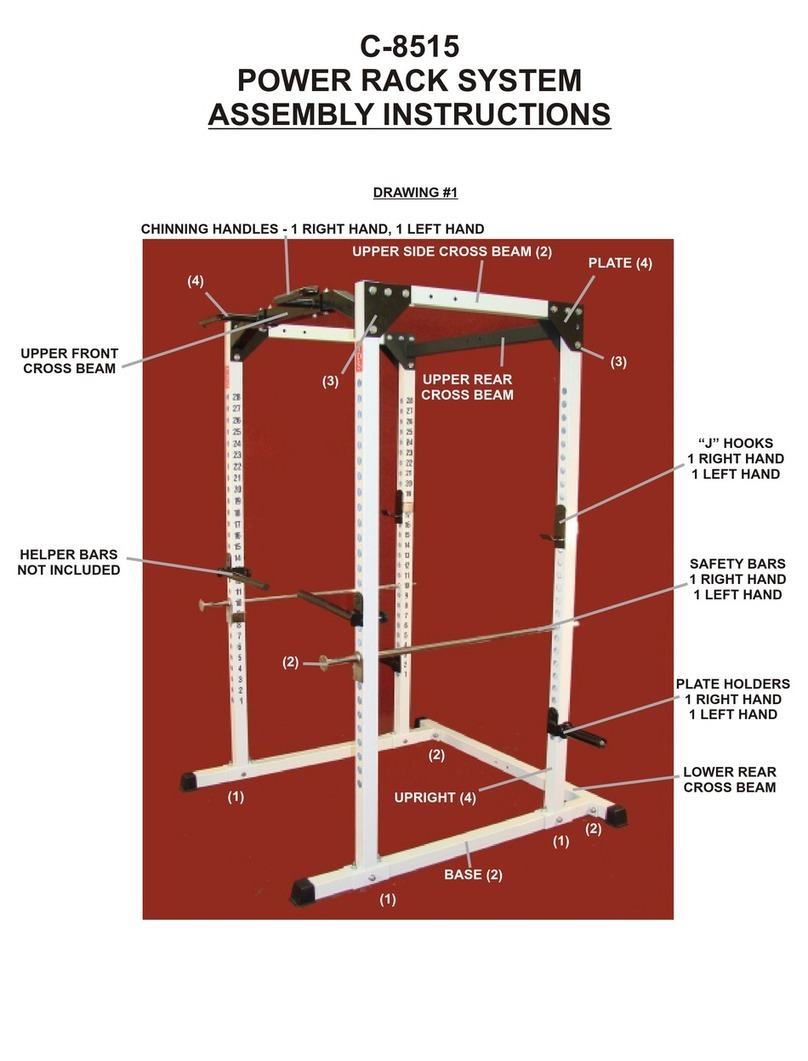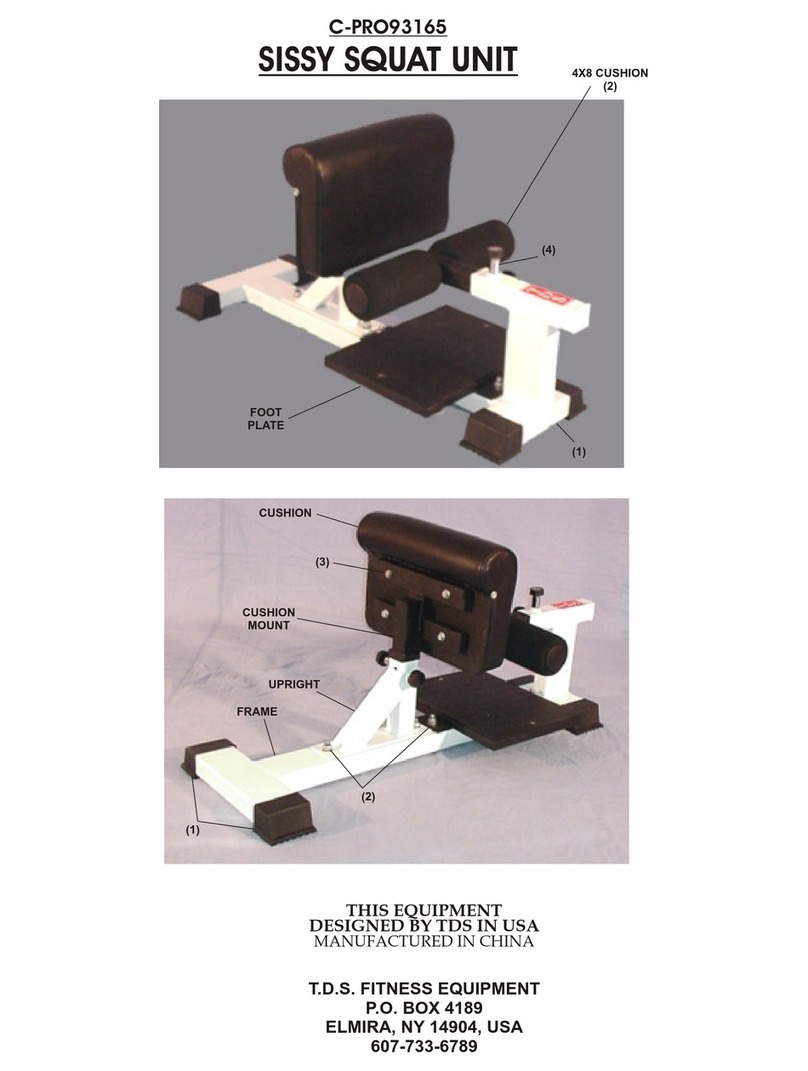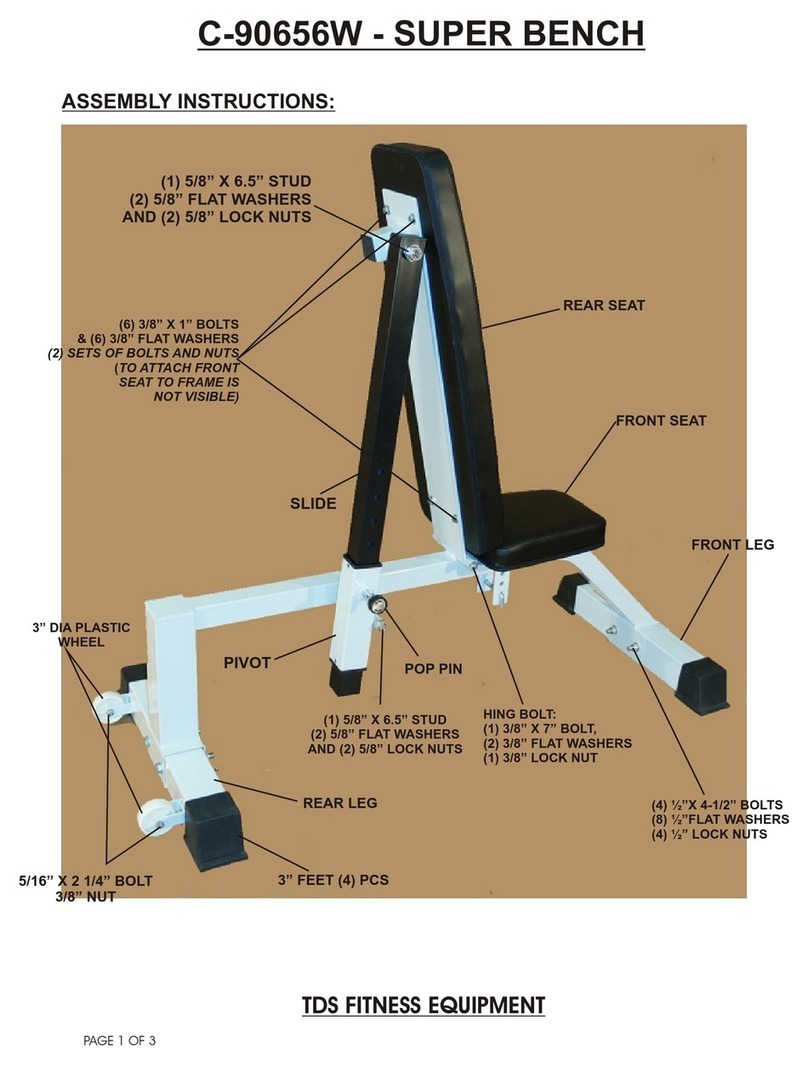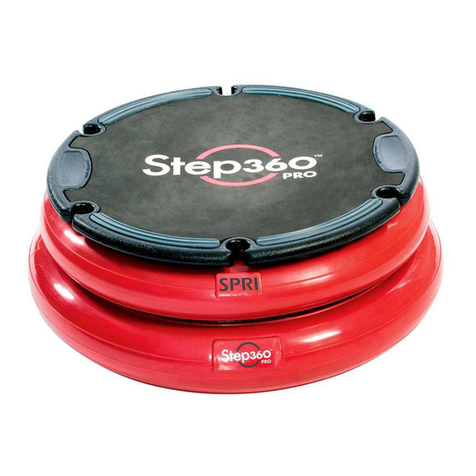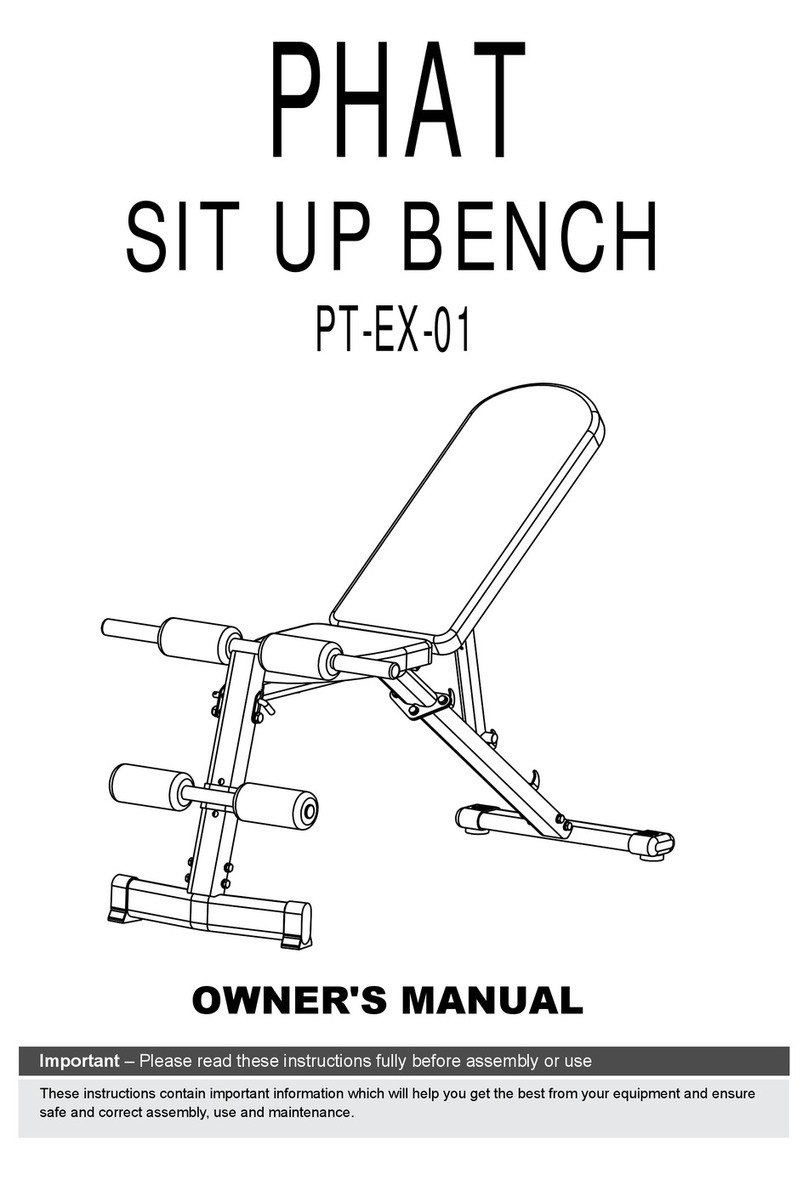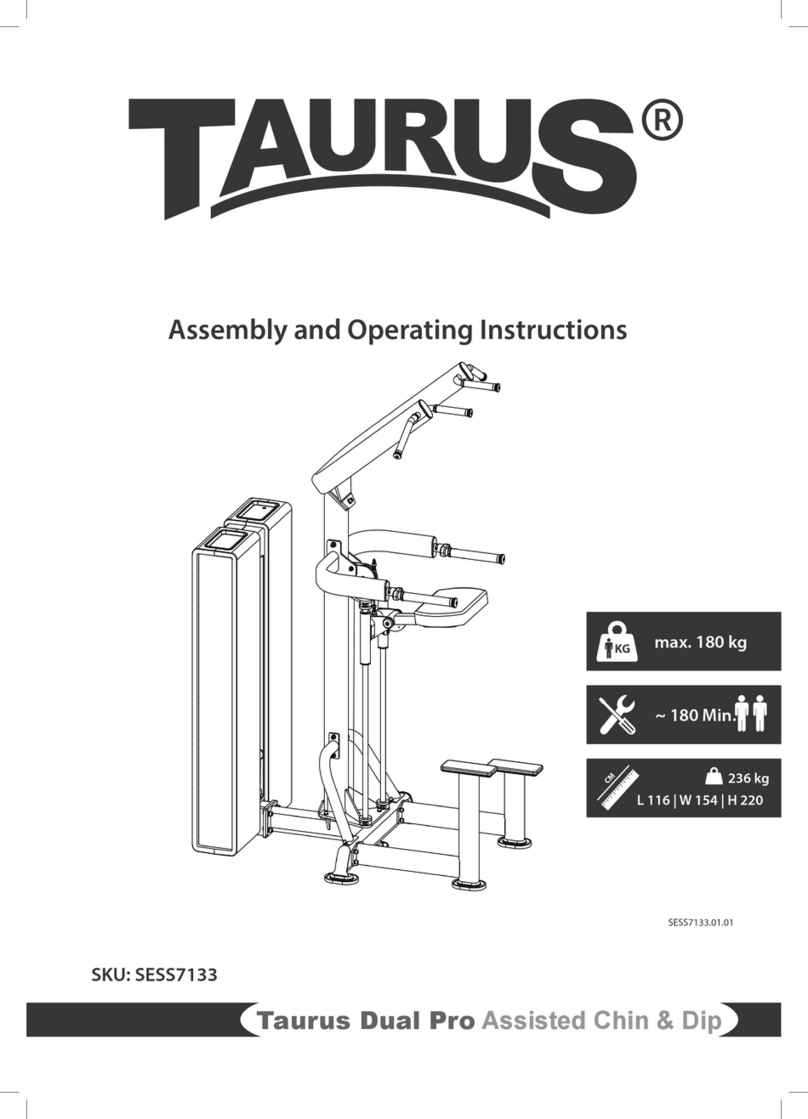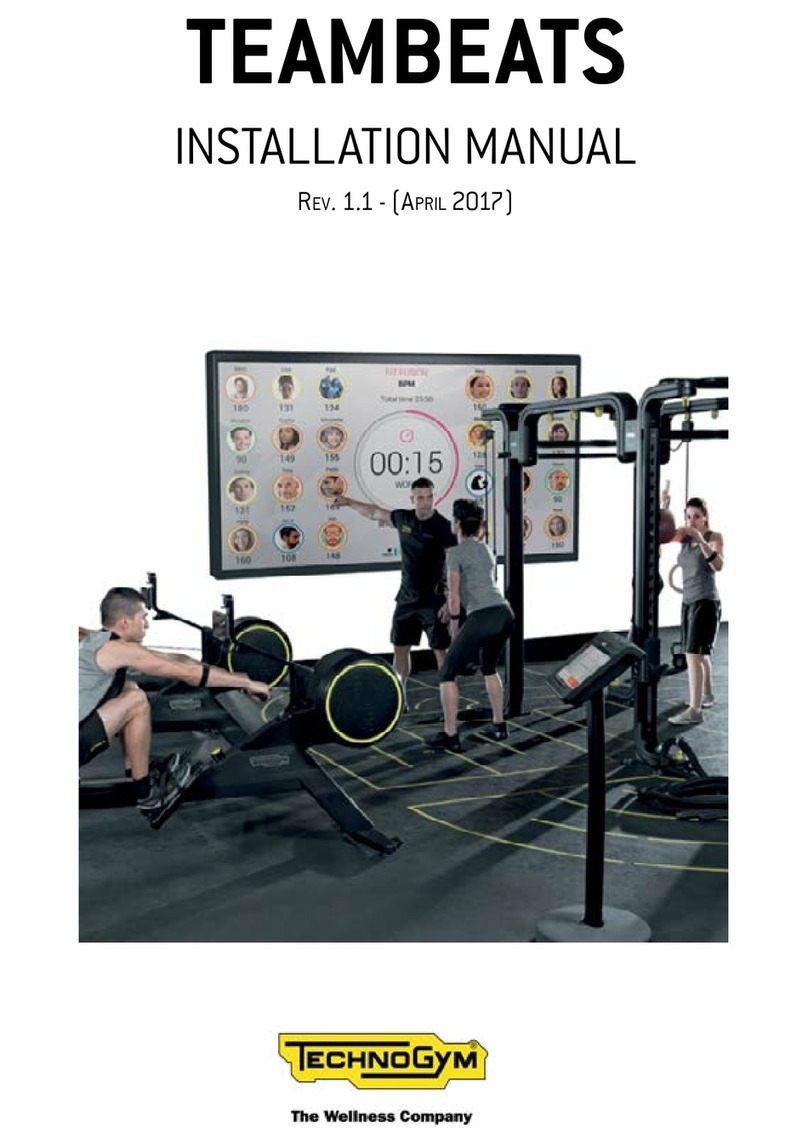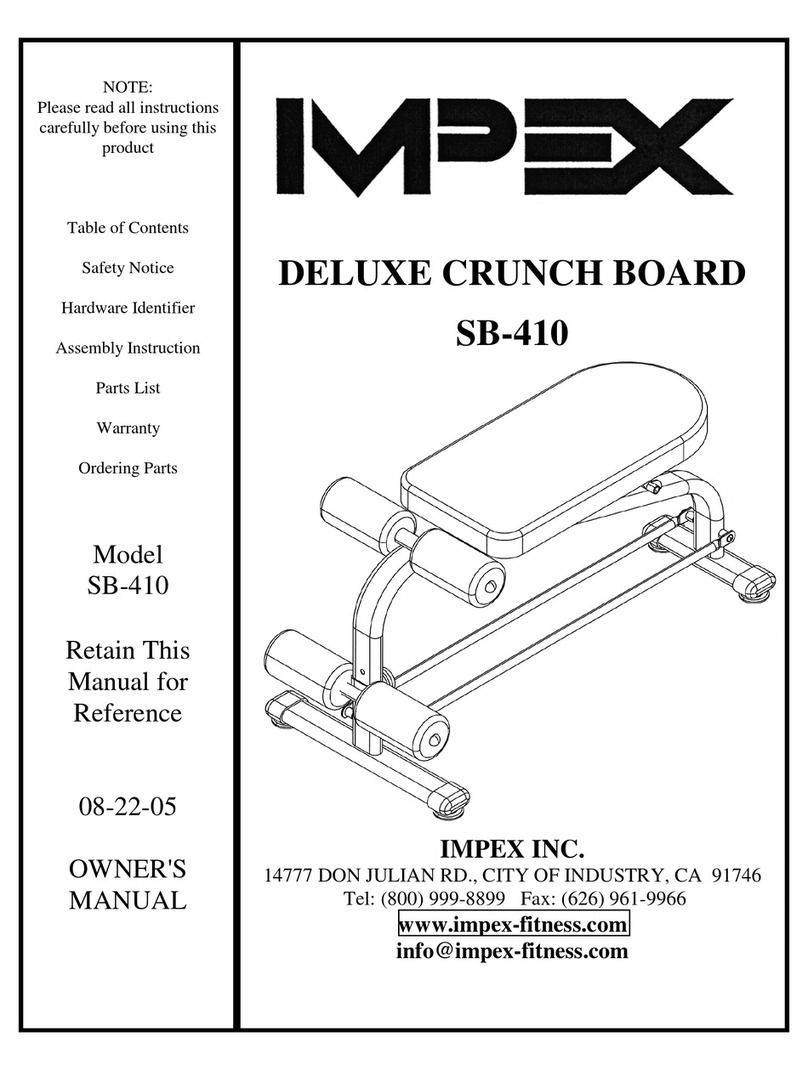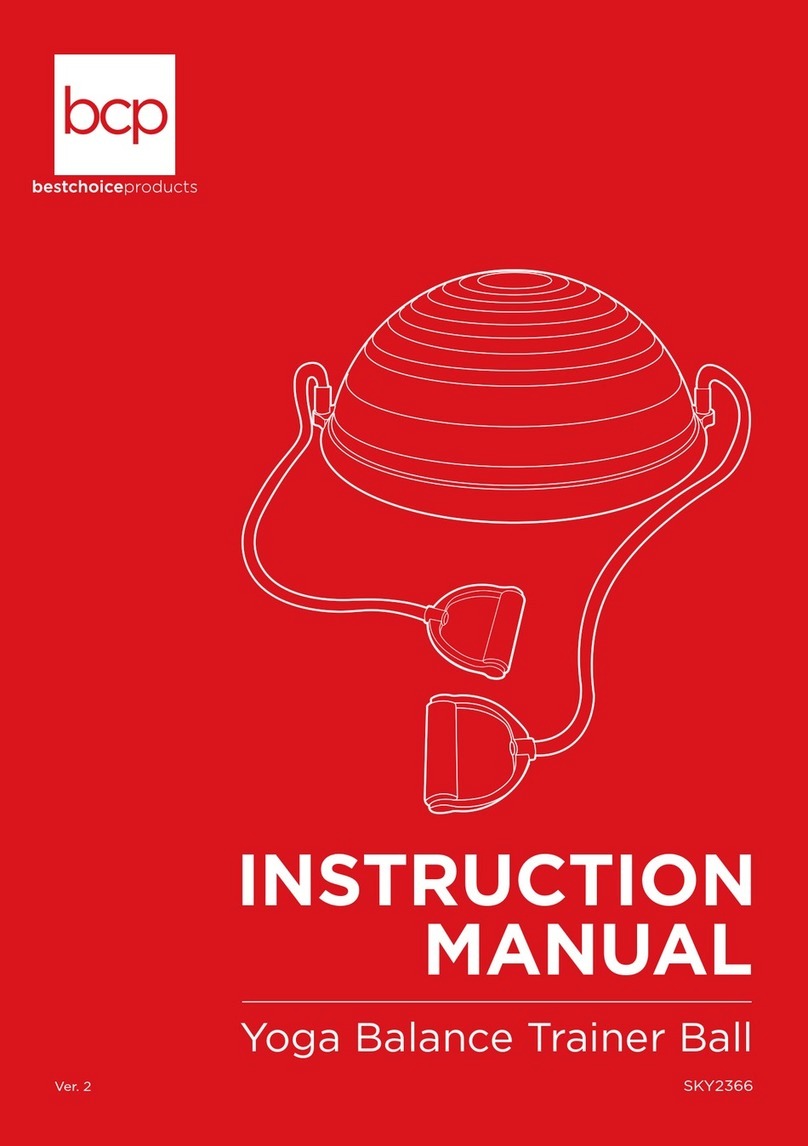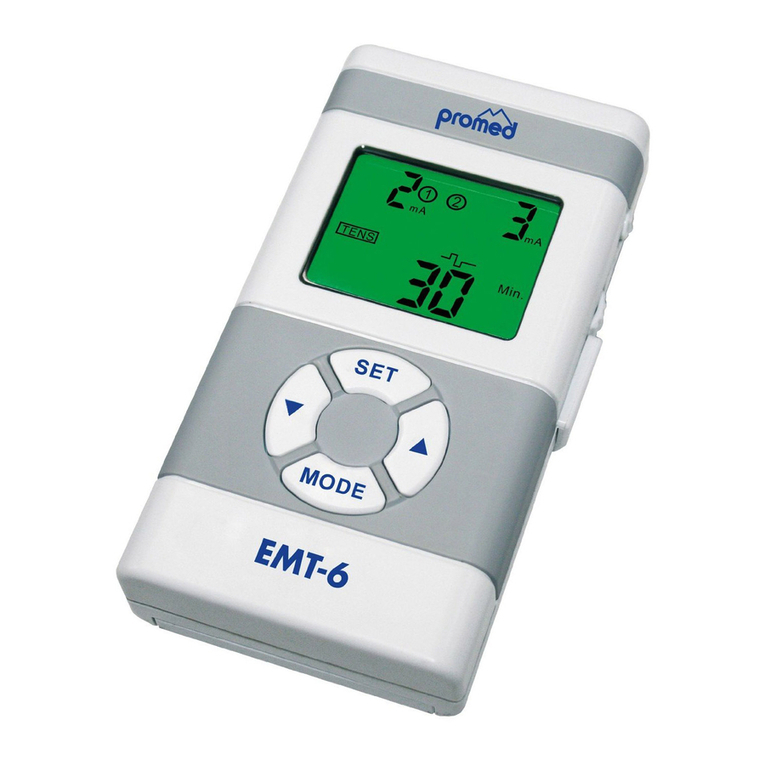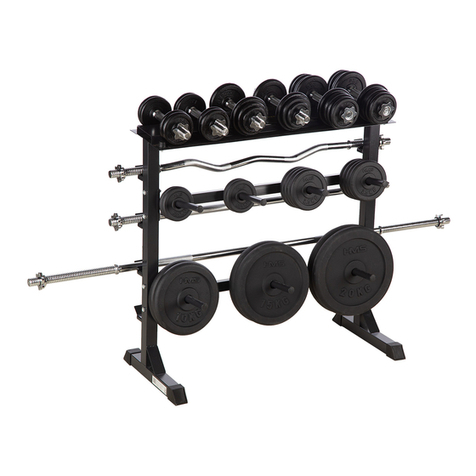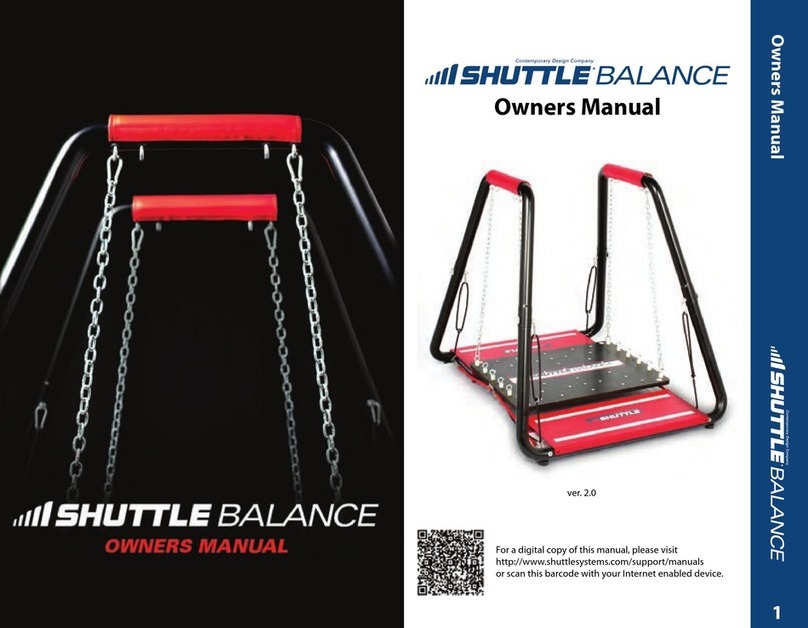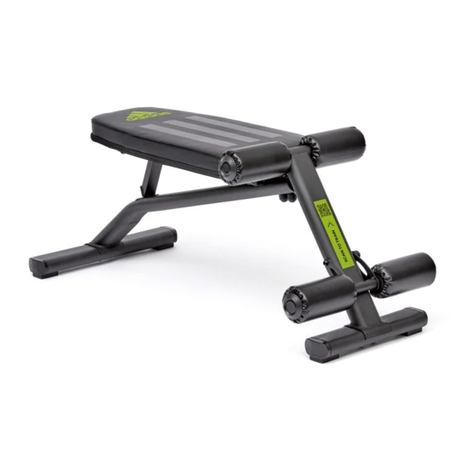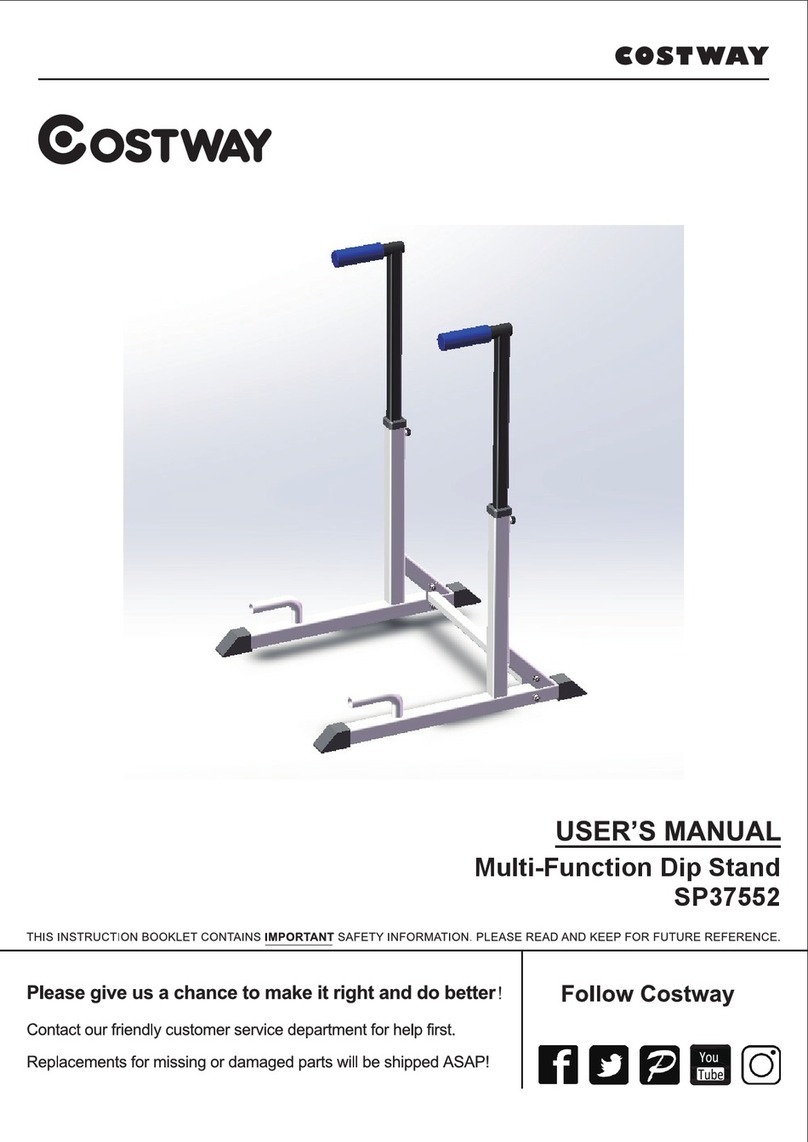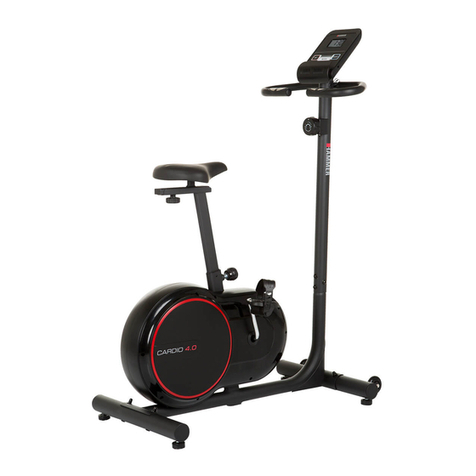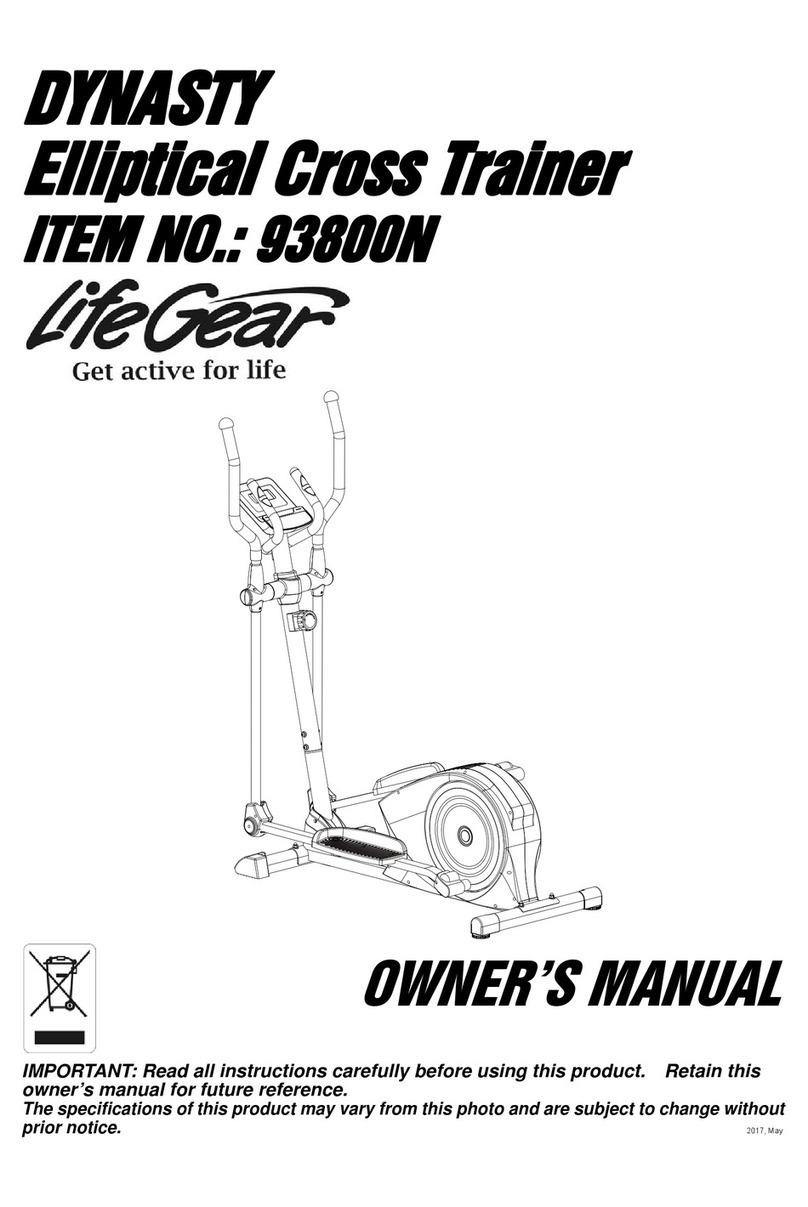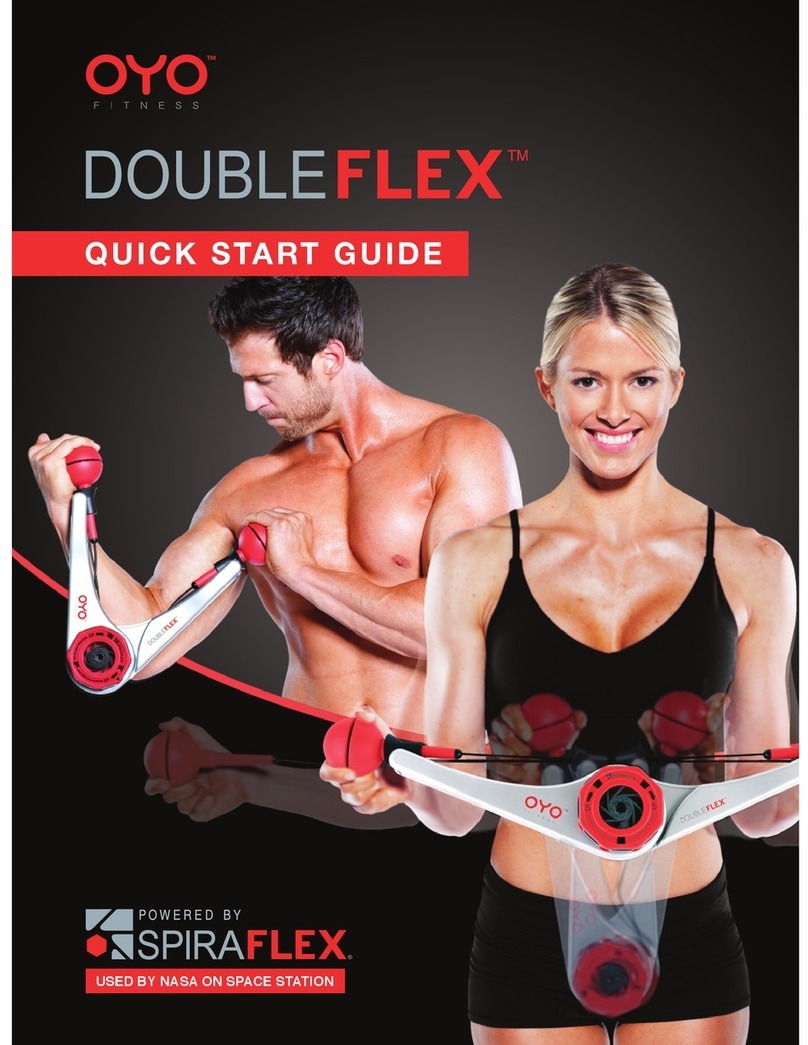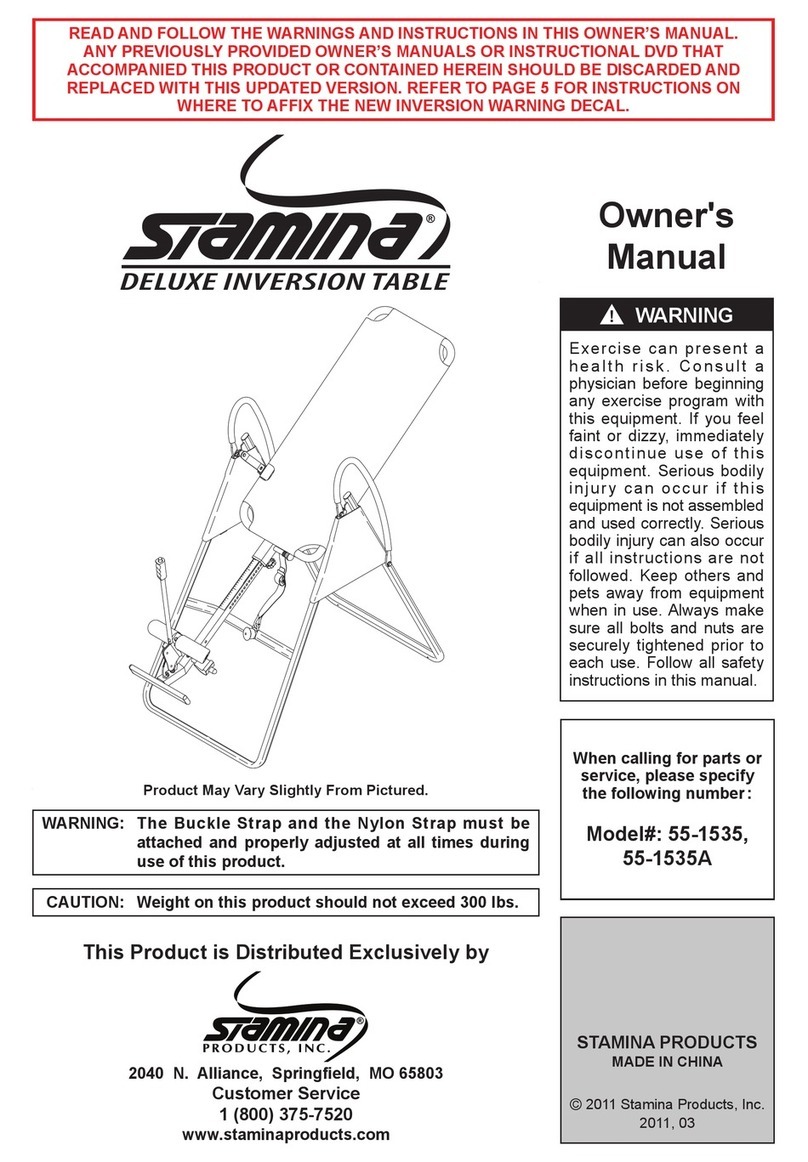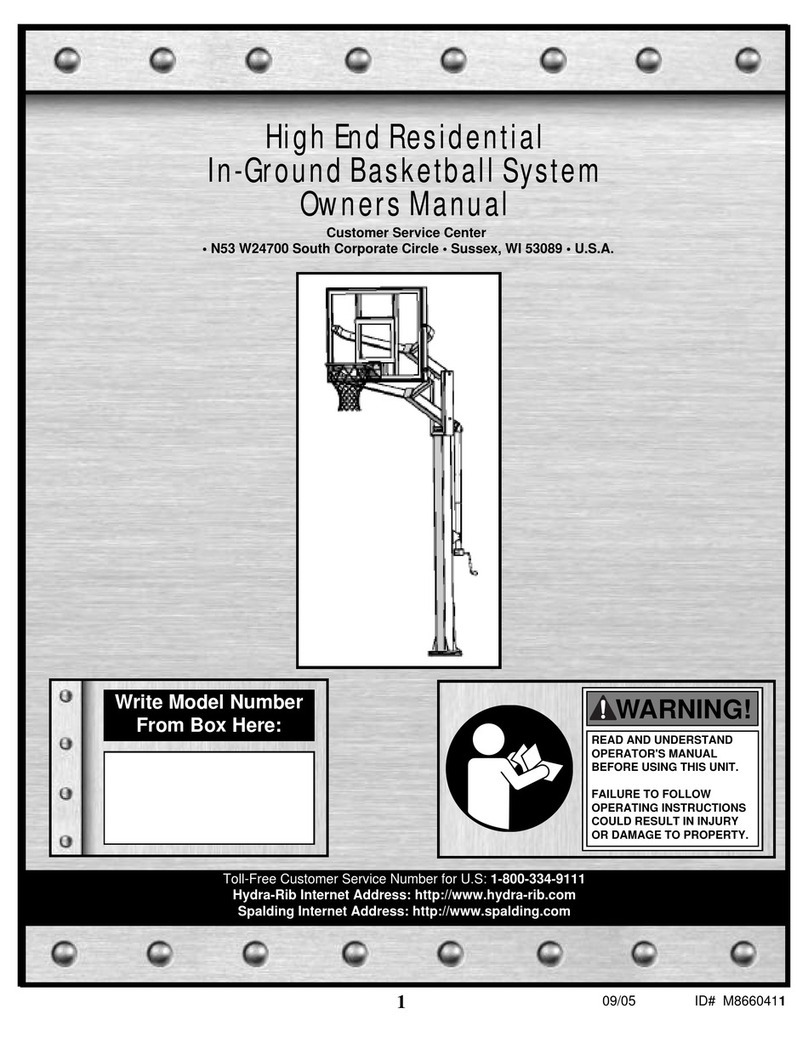TDS OCEANUS User manual

INSTRUCTIONS
USER’S MANUAL
1ST STAGE - 2ND STAGE - OCTOPUS
DESIGN BY AND FOR DIVERS
OCEANUS
PROTEUS
GULL Z
TAC BLACK

22
TDS Technical dive system ■ 2
www.cascoantiguo.com | www.tdsdive.com 1ST Stage - 2ND Stage - Octopus
COPYRIGHT
This user manual is copyrighted, all rights reserved. It may not, in whole or in part, be copied, photocopied,
reproduced, translated, or reduced to any electronic medium or machine-readable form without the prior
written consent by TDS.
WARNINGS, CAUTIONS AND NOTES
Pay special attention to the information provided in Warnings, Cautions and Notes that
are accompanied by one of these symbols:
WARNING, indicates a procedure or situation that, if not avoided, could result in serious injury or
death to the user.
CAUTION,indicates any situation or technique that may cause damage to the product and subse-
quently cause injury to the user.
NOTE, is used to emphasize important points, tips and reminders.
STAGES - OCTOPUS TDS - USER´S MANUAL
1ST STAGE - OCEANUS
2ND STAGE - OCTOPUS - OCEANUS
1ST STAGE - PROTEUS
2ND STAGE - OCTOPUS - PROTEUS
1ST STAGE - GULL
2ND STAGE - GULL BLACK
1ST STAGE - TAC BLACK
2ND STAGE - TAC BLACK

3
TDS Technical dive system ■ 2
www.cascoantiguo.com | www.tdsdive.com 1ST Stage - 2ND Stage - Octopus
Instructions - User’s manual ■ 3
CONTENT
Copyright ..................................................................2
WARNINGS, PRECAUTIONS AND NOTES ..................................2
1. ALARMS AND GENERAL PRECAUTIONS ................................4
2. INTRODUCTION .........................................................6
2.1 PRODUCT DESCRIPTION ...............................................6
3.1 Assembly of the first stage in the bottle valve..........................7
3.2 Pre-dive verifications ..................................................8
3.3 Pressurize regulator ....................................................8
4. DIVING WITH THE REGULATOR .........................................9
4.1 Use as octopus .........................................................9
4.2 Diving in cold water ...................................................9
5. AFTER THE DIVE .......................................................10
5.1 Removal of the regulator in the bottle ................................10
5.2 cleaning ..............................................................10
6. CARE AND MAINTENANCE .............................................11
7. INSPECTION AND SERVICE ...........................................12
7.1 Scheduled Service Exceptions.........................................12
7.2 Brands and Abbreviations.............................................13
7.3 Warranty Information .................................................14
7.4 Limited Lifetime Warranty ............................................14
8. ANNUAL INSPECTION AND SERVICE REGISTRATION .................16
NOTES ....................................................................17

44
TDS Technical dive system ■ 4
www.cascoantiguo.com | www.tdsdive.com 1ST Stage - 2ND Stage - Octopus
1. ALARMS AND GENERAL PRECAUTIONS
WARNING: Before using this regulator, you must have successfully received training
and certification in the technique of autonomous scuba diving from a recognized training
agency (or any military or government diving school). The use of DIVING equipment by un-
certified or unskilled persons is dangerous and can lead to serious injury or death.
WARNING: This regulator is not configured for commercial use as a surface supply
with air.
WARNING: Always pressurize the regulator gradually by opening the bottle valve
SLOWLY.
WARNING: NEVER lubricate any part of the regulator (particularly the O-ring that
provides the seal between the bottle valve and the regulator) with lubricants.
WARNING: DO NOT apply any type of spray to the regulator. Doing so may cause
permanent damage to certain plastic or rubber components.
WARNING: The factory-prescribed service for this regulator must be performed at
least once a year by TDS, or a TDS-appointed technician, trained at the factory. Repairs,
disassembly of service or adjustment of the 1st and 2nd stage should not be attempted by
persons who are not factory trained and authorized by TDS.
WARNING: Do not use the 1st stage regulator as a carrying handle when lifting or
transporting the bottle, as this can damage the regulator or valve of the bottle.
WARNING: When diving in cold water (below 10°C), you must have received training
and certification in cold water diving techniques from a recognized training agency.
WARNING: TDS regulators are designed to be compatible for use only with normal,
atmospheric compressed air (21% oxygen and 79% nitrogen) that complies with EN 12021.
DO NOT attempt to use it with other gases, including pure oxygen or enriched air with an
oxygen content greater than 21%. Failure to comply with this warning can result in serious
injury or death due to fire and explosions, serious deterioration, and equipment failure. The
GULL and TAC BLACK models can be used with NITROX up to 40%.

5
TDS Technical dive system ■ 4
www.cascoantiguo.com | www.tdsdive.com 1ST Stage - 2ND Stage - Octopus
Instructions - User’s manual ■ 5
NOTE: This device is a component of SCUBA designed and manufactured in accor-
dance with the harmonized standard EN 250: 2014.
NOTE: This on-demand regulator is a respiratory protective device (DPO) within the
meaning of Directive 89/686/EEC relating to personal protective equipment (PPE). As such,
it belongs to Category III in accordance with the above-mentioned Directive.
NOTE: This user manual has been approved by ITALCERT S.r.l. Viale Sarca, 336 20126
Milan ITALY (Notified Body n. 0426) during the certification process in accordance with Di-
rective 89/686 / EEC (PPE) for category III devices.
NOTE: DO NOT DISCARD THIS USER MANUAL AND KEEP THIS MANUAL FOR FUTURE
REFERENCE.
NOTE: At the end of your regulator’s useful life, dispose of it in accordance with the
national legislation in force in your country.

66
TDS Technical dive system ■ 6
www.cascoantiguo.com | www.tdsdive.com 1ST Stage - 2ND Stage - Octopus
2. INTRODUCTION
Congratulations and thank you for choosing TDS. Your new regulator meets all exis-
ting standards of quality and performance and has been designed and manufac-
tured with the utmost care.
Perhaps, more than any other item of equipment you’ve purchased, the better you
take care of your regulator, the better it will work for you. Your performance will be
guaranteed through an annual inspection/service performed by an authorized TDS
technician. Before diving with your new TDS controller, it is important that you read
this manual in its entirety so that you can familiarize yourself with its features and
the rules for using the regulator before, during and after immersion to maintain
optimal performance for years to come.
2.1 PRODUCT DESCRIPTION
Tds equipment is mounted as a complete regulator (1st, 2nd stage and hose) and as
1st and 2nd single stages. Their names are OCEANUS, PROTEUS, GULL BLACK and
TAC BLACK. Consta of the 1st stage and the 2nd stage and the lp-5-27”-BK rubber
hose assembly. Or the 1st and 2nd stage separately to configure them according to
the needs of the diver.
Firt stage
• The first stage is machined in marine brass and chrome for durability.
• Capable of pressures up to 4350 psi / 300 bar with DIN version.
• Adjustable intermediate pressure, in the PROTEUS, GULL BLACK and TAC BLACK models.
• DIN or INT format.
• Average pressure 140 +/- 5 PSI (9.65 +/- .35 BAR).
Second stage
• The second adjustable stage is formed of thermoplastic and marine brass and
chrome plating for
• greater durability.
• Multiple nozzles are available for a comfortable fit.
• WOB = 0.9 J /L, Respiratory resistance 2.0-5.0 mbar (0.8-2.0 inch-H2O).

7
TDS Technical dive system ■ 6
www.cascoantiguo.com | www.tdsdive.com 1ST Stage - 2ND Stage - Octopus
Instructions - User’s manual ■ 7
3. PREPARATION AND CONFIGURATION
TDS recommends that you take your regulator to a TDS Licensed Technician for the
installation of any ancillary elements, including instrumentation, LP quick discon-
nect hoses, and alternative air sources.
CAUTION: when the user assembles or disassembles the SCUBA device, that could cause
damage to the product and subsequently cause injury to the diver.
3.1 ASSEMBLY OF THE FIRST STAGE IN THE BOTTLE VALVE
3.1.1 INT TYPE CONECTOR
1.- Partially loosen the first-stage regulator yoke screw so that the filter dust cap
and air inlet can be removed.
2.- Remove the protective cover of the bottle valve.
3.- With the bottle valve outwards, release a small amount of air from the bottle by
turning the steering wheel counterclockwise to open the valve only slightly. When
you hear air coming out, immediately close the valve. This will remove any moisture
or dirt that may be inside the outlet opening of the bottle valve.
4.- Check the condition of the O-ring of the bottle valve.
1ST STAGE DIAPHRAGM
MAXIMA PRESSURE WORK INT: 3300 PSI / 232 Bar
DIN: 4350 PSI / 300 Bar
AVERAGE PRESSURE 140 +/- 5 PSI (9.65 +/- .35 BAR)
NUMBER AND SIZE OF PORTS 2 HP 7/16", 5 MP 3/8"
ANSTI TESTED DEPTH 80 METERS
CERTIFIED DEPTH 50 METERS
GAS COMPOSITION AIR (OCEANUS, PROTEUS, TAC BLACK)
GAS COMPOSITION NITROX (GULL BLACK)
HP PORTS 1 (OCEANUS) 2 ( PROTEUS, GULL, TAC BLACK)
LP PORTS 3 (OCEANUS) 4 (PROTEUS, TAC BLACK) 5 (GULL)

88
TDS Technical dive system ■ 8
www.cascoantiguo.com | www.tdsdive.com 1ST Stage - 2ND Stage - Octopus
5.- Place the 1st stage on the valve of the bottle so that the inlet attachment aligns with the
O-ring of the bottle valve and the LP hose of the 2nd primary stage will be routed over the right
shoulder. While holding the 1st stage in place, turn the INT screw in a timely direction. Make sure
the fork screw is attached to the small dimple on the back of the bottle valve and tighten only
with your fingers.
3.1.2 DIN TYPE CONNECTOR
1.- Remove the protective cover of the bottle valve.
2.- With the bottle valve outwards, release a small amount of air from the bottle by turning the
steering wheel counterclockwise to open the valve only slightly. When you hear air coming out,
immediately close the valve. This will remove any moisture or dirt that may be inside the thread
bottle valve opening.
3.- Check the status of the O-ring located at the end of the DIN connector.
4.- Place the regulator of the first stage near the valve of the bottle so that the LP hose of the
second primary stage is routed on the right shoulder. Screw the DIN connector of the first stage
into the bottle valve, turning the steering wheel by hand in a timely direction until it is slightly
adjusted. DO NOT use tools to tighten.
3.2 PRE-DIVE VERIFICATIONS
1.- Carefully inspect all hoses in their connections to ensure that they are securely connected
to their respective ports in the first stage. Inspect the length of each hose to make sure the
hoses are not blistered, cut, or damaged. If there are hose protectors, slide the protectors back
to expose the hose fittings and inspect the hoses as described above.
2.- Visually inspect the regulators, the first and second stage to detect signs of external
damage.
3.- Visually inspect the nozzle to make sure that there are no tears or cracks and that it is well
attached to the body of the second stage.
4.- Check that the needle of your submersible pressure meter is at zero.
5.- Adjust your regulator to the bottle, verifying that the hoses are oriented correctly.

9
TDS Technical dive system ■ 8
www.cascoantiguo.com | www.tdsdive.com 1ST Stage - 2ND Stage - Octopus
Instructions - User’s manual ■ 9
3.3 PRESSURIZE REGULATOR
WARNING: Before pressurizing the regulator, check the condition of the hoses connected to the
regulator.
1. If there is a submersible pressure meter connected to the regulator, make sure the meter dial
is away from you.
2. SLOWLY open the bottle valve counterclockwise to pressurize the regulator. When the valve is
fully open, close it back a quarter turn clockwise.
3. Check for no audible leaks from hoses or other accessories connected to the regulator. NEVER
DIVE with a regulator that shows signs of leakage when pressurized. If there is a leak between
the regulator and the bottle valve, verify that the regulator is properly connected, and that the
O-ring is in good condition.
CAUTION: Never attempt to reposition the hoses once the regulator is under pressure. If they are not orien-
ted correctly, close the bottle valve, purge the regulator, and replace the hoses.
4. Check to make sure that the submersible pressure meter shows an accurate measurement
of the air pressure inside the bottle at the time of loading and is appropriate for your planned
immersion.
5. Press the purge button momentarily to make sure enough airflow is provided to expel any
dust or dirt that may have entered the second stage.
6. Inhale slowly and deeply from the regulator several times. The regulator must deliver enough
air so that it can breathe easily without noticeable resistance.
NOTE: When properly maintained, the external diaphragm of the proteus and GULL first-stage regulator
should be slightly indented when not pressurized. When pressurized, the external diaphragm will flex slightly outwards.
4. DIVING WITH THE REGULATOR
4.1 USE AS OCTOPUS
If a regulator such as octopus is to be used, it is recommended to cover the nozzle to prevent the
intrusion of foreign objects into the second-stage octopus.
While underwater, the regulator can begin to flow freely. If this happens, turn the regulator so
that the nozzle points down.

1010
TDS Technical dive system ■ 10
www.cascoantiguo.com | www.tdsdive.com 1ST Stage - 2ND Stage - Octopus
4.2 DIVING IN COLD WATER
The use of a specialized regulator with a dry environmental chamber will reduce the possibility
of failure of the first stage of the regulator. It is also vital to use a second-stage regulator inten-
ded for this type of diving. In addition, the diver must be trained and master the techniques
of diving in cold water to be able to take all the necessary precautions to avoid freezing the
regulator.
To reduce the regulator’s freezing risks when diving in cold water (below 50°F or 10°C), consi-
der at least the following recommendations and respect the procedure of your diving training
program:
1. Protect your regulator from any accidental inflow of water in the first or second stage.
2. Protect your equipment from the cold before immersion. More accurately, keep your regu-
lator and all your accessories in a warm, dry place.
3. Perform all pre-dive checks of your equipment in a hot and dry place, even before going to
the dive site.
4. Avoid breathing through the regulator or pressing the purge button in very cold air before
entering the water.
5. Avoid removing the regulator from your mouth during immersion or when on the surface.
This will prevent cold water from entering the second stage of the regulator.
6. As far as possible, avoid excessive effort during immersion.
7. Check your air source to make sure it meets Grade E standards and is dry.
5. AFTER THE DIVE
5.1 REMOVAL OF THE REGULATOR IN THE BOTTLE
NOTA: If fresh water is available, rinse your regulator completely before depressurizing it.
This will help prevent contaminants from entering the sealing surfaces inside the regulator.
NOTA: It is very important to be careful when removing the first stage of the valve regu-
lator from the bottle to ensure that no moisture enters the inlet opening of the first stage of
the regulator or the opening of the DIN valve.

11
TDS Technical dive system ■ 10
www.cascoantiguo.com | www.tdsdive.com 1ST Stage - 2ND Stage - Octopus
Instructions - User’s manual ■ 11
5.1.1 GENERAL PROCEDURES
1. Close the bottle air supply by turning the bottle valve flywheel on a timely direction until it
stops. DO NOT squeeze it too much.
2. While observing the submersible pressure gauge (if equipped), press the button and purge
the second stage. When the meter reads zero and the airflow can no longer be heard from the
second stage, release the purge button.
5.1.2 INT TYPE CONNECTOR
1. Turn the yoke screw counterclockwise to loosen and remove the first valve cap from the bottle.
2. Dry the dust plug with a towel or other lint-free cloth. While you can use air from the bottle
valve to blow water from the dust cap, you run the risk
of blowing water into the filter.
3. Place the dust plug over the first stage entry accessory and seal it firmly in place by squeezing
the yoke screw
4. With the bottle valve out, open the valve slightly to release a small burst of air and then close
the valve immediately. This will remove any moisture that may have entered the valve opening.
Immediately place the protective cap over the valve opening to prevent moisture or debris from
entering.
5.2 CLEANING
TDS recommends that the 2nd stage be periodically disinfected with an FDA-approved solution.
The U.S. Navy Uses SaniZide PlusTM, delivered ready-to-use (without dilution) from Safetec® or
Advance TBETM, delivered ready-to-use (without dilution) from Control Technology® or Con-
fidence PlusTM infection, dilutes one ounce per gallon of water from Mine Safety Appliances
Company®
6. CARE AND MAINTENANCE
It is important to provide proper preventive maintenance to ensure the best possible perfor-
mance and maximum service life of your ODS regulator. The following maintenance procedures
should be performed routinely after each use to ensure that the regulator is cleaned, inspected,
and prepared for next use or for storage.

1212
TDS Technical dive system ■ 12
www.cascoantiguo.com | www.tdsdive.com 1ST Stage - 2ND Stage - Octopus
As soon as possible after diving, the regulator should be rinsed completely with fresh water whi-
le connected to a bottle and pressurized with air.
Rinsing alone, however, will not clean up the regulator sufficiently. In order to clean up the con-
troller as thoroughly as possible, TDS recommends:
1. Connect the regulator to a loaded SCUBA bottle, open the bottle valve to pressurize the regu-
lator and fully immerse the first and second stages in a freshwater bath.
2. After the regulator has been properly soaked, it is important to rinse it vigorously by rinsing
the main spring cavity of the first stage regulator (only environmentally unsealed models), the
second stage nozzle and the openings in the front cover of the second stage with a strong
stream of water. This will remove salt and mineral deposits that were released during soaking.
WARNING: If you use a garden hose to clean it, DO NOT use the high pressure jet as this could damage the
diaphragm and/or internal valve.
CAUTION: Do not press the purge button or loosen the int of the first stage if the regulator is submerged
without pressure. Doing so will allow moisture to enter and will require the regulator to be returned to an Authori-
zed TDS Technician for repair.
3. Properly disconnect the regulator and clean it as dry as possible. Take it into the first stage to
make sure all remaining moisture drains from the second stages and accessories.
4. DO NOT leave the regulator exposed to direct sunlight for extended periods of time.
5. When the regulator is completely dry, store it in a box of clean or sealed equipment inside
a plastic bag. Do not store it where you may be exposed to extreme heat or an electric motor,
which produces ozone. Prolonged exposure to extreme heat, ozone, chlorine and ultraviolet rays
can cause premature degradation of rubber parts and components.
6. Never store the regulator while it is still connected to the bottle valve.
WARNING: Do not use any type of solvent or petroleum-based substance to clean or lubricate any part
of the regulator. Do not expose any part of the regulator to aerosols, as some aerosol thrusters attack or degrade
rubber and/or plastic components.

13
TDS Technical dive system ■ 12
www.cascoantiguo.com | www.tdsdive.com 1ST Stage - 2ND Stage - Octopus
Instructions - User’s manual ■ 13
7. INSPECTION AND SERVICE
It cannot be assumed that a regulator is in good working order because it has received little use
since it was last reviewed. Remember that prolonged or inadequate storage can still lead to in-
ternal corrosion and/or deterioration of O-rings.
You must obtain the factory-prescribed service for your regulator at least once a year from an
authorized TDS Technician, regardless of the amount of use you have received. Your regulator
may require this service more frequently, depending on the amount of use you receive and the
environmental conditions under which it is used.
If the regulator is used for training purposes, it will require a full review and prescribed service
at the factory every three to four months. Chlorinated pool water is an especially harmful envi-
ronment for diving equipment, due to high levels of chlorine and pH-balancing chemicals that
cause certain components to deteriorate rapidly.
Get service for your regulator at least once a year, from an authorized TDS technician. Your per-
sonal safety and the mechanical integrity of your regulator may depend on it.
7.1 SCHEDULED SERVICE EXCEPTIONS
If the regulator undergoes less than 50 dives per year, it is allowed to review it every two years
with an inspection procedure that is performed in the “inactive” years. For example:
• Year 1: Inspection
• Year 2: Review
• Year 3: Inspection
• Year 4: Review, and so on.
• Both inspections and reviews must be documented in the Annual Inspection and Service Re-
gister on the back of the Owner’s Manual. If a regulator is subject to more than 50 dives per year,
it should receive the full review.
NOTE: A unit that receives intensive or frequent use, such as in educational or commercial applications,
must be serviced at least twice a year, or more frequently, depending on the conditions of use and the way it is
maintained.

1414
TDS Technical dive system ■ 14
www.cascoantiguo.com | www.tdsdive.com 1ST Stage - 2ND Stage - Octopus
7.2 BRANDS AND ABBREVIATIONS
Demand regulators that are not designed for cold water use are marked with “> 10°C” on both
the second stage demand valve and the first stage pressure reducer.
Demand valves intended for use with an OCTOPUS must be marked with EN250 followed by an
“A”. EN250A.
If a demand valve is marked with EN250A, this demand regulator is suitable, tested and desig-
ned to be used in water temperatures below 10°C (50°F) and configured with an OCTOPUS.
If a demand regulator is marked with EN250A> 10°C, this demand valve is suitable, tested and
designed for use in water temperatures above 10°C (50°F) and configured with an OCTOPUS.
If a demand valve is only marked with EN250 and is not followed by an ‘A’, then it will not be sui-
table for use with an Octopus and is not intended to be used as an exhaust system by more than
one user at the same time, also known as an octopus.
You will also see CE0426. This denotes the identification number of the notified body which has
independently certified and examined its product.
A serial number, usually consisting of 1 alphabet and 8 digits, can also be found in both the
first-stage pressure reducer and the second-stage demand valve.
A hose can also be marked with the maximum working pressure of that type of hose, EN250, and
can also include a specific serial number for that hose.
7.3 WARRANTY INFORMATION
All warranty transactions must be accompanied by original proof of purchase from an authori-
zed distributor. Be sure to save your purchase receipt and present it each time you return your
regulator for warranty service.
7.4 LIMITED LIFETIME WARRANTY
TDS warrants to the original purchaser that the product will remain free from defects in material
and workmanship throughout its lifetime; if you receive normal use, proper care and prescribed
service from the distributor subject to the restrictions detailed below.
This warranty does not apply to units subject to misuse, abuse, neglect, modification, or unau-
thorized service.

15
TDS Technical dive system ■ 14
www.cascoantiguo.com | www.tdsdive.com 1ST Stage - 2ND Stage - Octopus
Instructions - User’s manual ■ 15
This limited warranty extends only to the original purchaser for products purchased directly
from an authorized TDS distributor, and is not transferable.
This warranty is limited to repair or replacement only at tds’ discretion.
WARNING: It is dangerous for uns trained and uns certified persons to use the equipment covered by this
warranty. Therefore, the use of this equipment by an NON qualified person invalidates and nullifies any and all
warranties. The use of SCUBA equipment by anyone other than a trained or certified diver, or who receives training
under the supervision of an instructor, could result in serious injury or death.
This warranty gives you specific legal rights. You may have rights that vary from country to
country.
Photographs and models in this manual: Álvaro Herrero (@mekanphotography), Berta Felipe (@berta_uw)
TDS QUALITY DIVING WITH THE BEST EQUIPMENT
TDS Is born from the experience, quality, and
knowledge of our best experts, who make their
passion for diving their daily life.
We design and manufacture diving equipment
for all types of divers looking for high perfor-
mance in their dives.
Our work starts from scratch, selecting the
best materials to the most ergonomic design
thought by divers for divers. We are specialists
since 1975.
In TDS products and customer service you will
find your diving brand, due to it high quality
materials, price, and high end performance.
You can choose from a wide range of models
and colors.
Look for yours, we are waiting for you in our onli-
ne store: www.cascoantiguo.com.

1616
TDS Technical dive system ■ 16
www.cascoantiguo.com | www.tdsdive.com 1ST Stage - 2ND Stage - Octopus
8. ANNUAL INSPECTION AND SERVICE REGISTRATION
DATE DEALER TECHNICIAN'S NAME REMARKS SEAL

17
TDS Technical dive system ■ 16
www.cascoantiguo.com | www.tdsdive.com 1ST Stage - 2ND Stage - Octopus
Instructions - User’s manual ■ 17
NOTES
This manual suits for next models
3
Table of contents
Other TDS Fitness Equipment manuals
